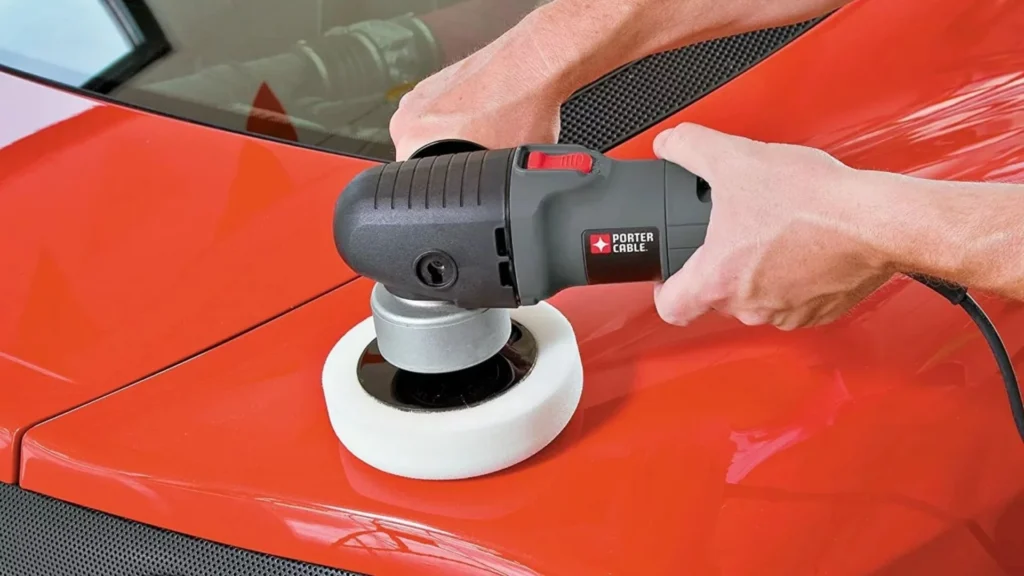SEO Meta Description: Discover the secrets to achieving a dazzling shine on your vehicle with our comprehensive guide to using a car buffer effectively. Learn expert tips, techniques, and FAQs to enhance your car’s appearance effortlessly.
Introduction
Are you tired of lackluster results when washing and waxing your car? It’s time to take your car detailing game to the next level with a car buffer. In this guide, we’ll delve into everything you need to know about car buffers – from choosing the right one to mastering the technique for a showroom-worthy finish. Whether you’re a beginner or a seasoned car enthusiast, this article will equip you with the knowledge and skills to achieve professional results.
Selecting the Perfect Car Buffer
Investing in the right car buffer is crucial for achieving optimal results. With a wide range of options available, it’s essential to consider factors such as buffer type, speed settings, and ergonomics. Here’s a breakdown of key considerations:
Types of Car Buffers
- Rotary Buffers: Ideal for experienced users, these buffers offer high-speed performance but require careful handling to avoid paint damage.
- Dual Action (DA) Buffers: Beginner-friendly and versatile, DA buffers oscillate and rotate to minimize the risk of swirl marks.
- Orbital Buffers: Known for their user-friendly design, orbital buffers are gentle on paint and suitable for enthusiasts of all skill levels.
Understanding Buffer Pads
The choice of buffer pads plays a significant role in achieving desired results. Different pad materials and configurations are suitable for various detailing tasks, including:
Foam Pads
- Cutting Pads: Designed to remove deep scratches and swirl marks.
- Polishing Pads: Perfect for restoring gloss and enhancing paint clarity.
- Finishing Pads: Used for applying waxes and sealants to create a smooth, glossy finish.
Microfiber Pads
- **Versatile and durable, microfiber pads are effective for removing light imperfections and enhancing shine.
Techniques for Effective Buffing
Mastering the art of buffing requires practice and patience. Follow these tips to achieve professional-quality results:
Preparation
- Thoroughly wash and dry your car to remove dirt and debris before buffing.
- Tape off sensitive areas such as trim and emblems to prevent accidental damage.
Buffing Technique
- Start with a small amount of compound or polish on the buffer pad.
- Work in small sections, applying even pressure and overlapping passes for uniform results.
- Keep the buffer moving at all times to avoid heat buildup and paint damage.
Finishing Touches
- After buffing, wipe the surface with a clean microfiber towel to remove any residue.
- Apply a high-quality wax or sealant to protect the paint and enhance shine.
Common Mistakes to Avoid
Even experienced detailers can make mistakes when using a car buffer. Here are some pitfalls to watch out for:
Excessive Pressure
- Applying too much pressure can lead to paint damage and swirl marks. Let the buffer do the work for optimal results.
Skipping Test Spots
- Always test your chosen compound or polish on a small, inconspicuous area before tackling the entire vehicle.
Neglecting Maintenance
- Regularly clean and inspect your buffer pads to ensure optimal performance and longevity.

